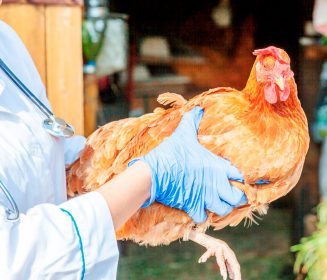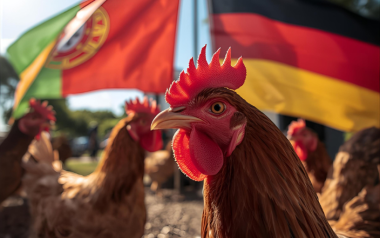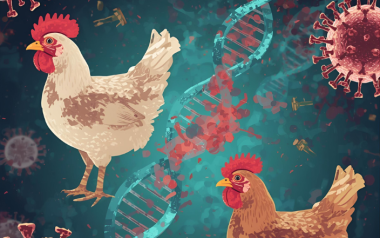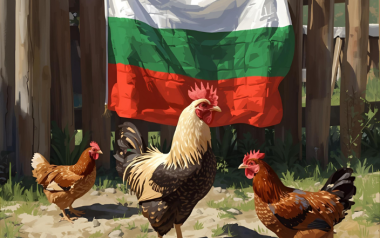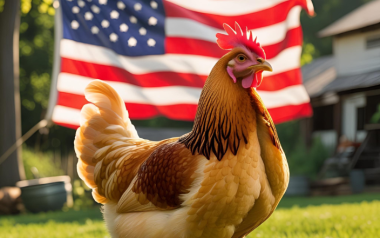Sources: Available upon request.
16 Jan 2025
HPAI outbreak in vaccinated ducks in France raises alarms
In January 2025, a significant outbreak of Highly Pathogenic Avian Influenza (HPAI) was reported in a flock of vaccinated ducks in Normandy, France. This incident has sparked concerns about the effectiveness of current vaccination strategies and the ongoing threat posed by the virus to poultry farms across Europe and the United States.
In January 2025, a significant outbreak of Highly Pathogenic Avian Influenza (HPAI) was reported in a flock of vaccinated ducks in Normandy, France. This incident has sparked concerns about the effectiveness of current vaccination strategies and the ongoing threat posed by the virus to poultry farms across Europe and the United States.
The outbreak and its implications
The outbreak in Normandy affected a flock of previously vaccinated ducks, raising questions about the efficacy of the vaccination program implemented by French health authorities. Despite mandatory vaccination since October 2023, which aims to reduce the spread of the virus, this incident highlights that vaccination alone may not be sufficient to prevent infections. This is the third such incident in France, impacting over 34,000 birds across various farms, including one of the leading foie gras producers.
Broader impact in Europe
The issue is not confined to France. Similar cases have been reported across all Europe, with the United Kingdom experiencing a comparable outbreak in October 2024. In Poland, over 3.2 million birds were culled in 2023 due to infections, and new outbreaks have been reported in Germany, Portugal, and Hungary in 2024. These incidents underscore the persistent threat of HPAI and the need for robust biosecurity measures.
The situation in the United States
The United States has also been affected by HPAI. In Texas, the Department of Parks and Wildlife reported the death of numerous wild and domestic ducks at the Arboretum shopping center in Austin due to the highly contagious strain of avian influenza. While the risk of transmission to humans remains low, health agencies have advised the public to take precautions when interacting with birds or their environments. The high contagion rate among birds poses a significant risk to local poultry industries, necessitating coordinated responses and stringent biosecurity measures to contain the disease.
Conclusion
The recent outbreak of avian influenza in vaccinated ducks in France has exposed the limitations of current vaccination efforts and highlighted the ongoing challenges in controlling the spread of HPAI. As the virus continues to impact poultry farms across Europe and the United States, it is clear that a multifaceted approach, including vaccination, active surveillance, and strict biosecurity measures, is essential to mitigate the risks and protect the poultry industry. The situation calls for continued vigilance and collaboration among health authorities, farmers, and veterinarians to ensure the safety and sustainability of poultry farming in the face of this persistent threat.








